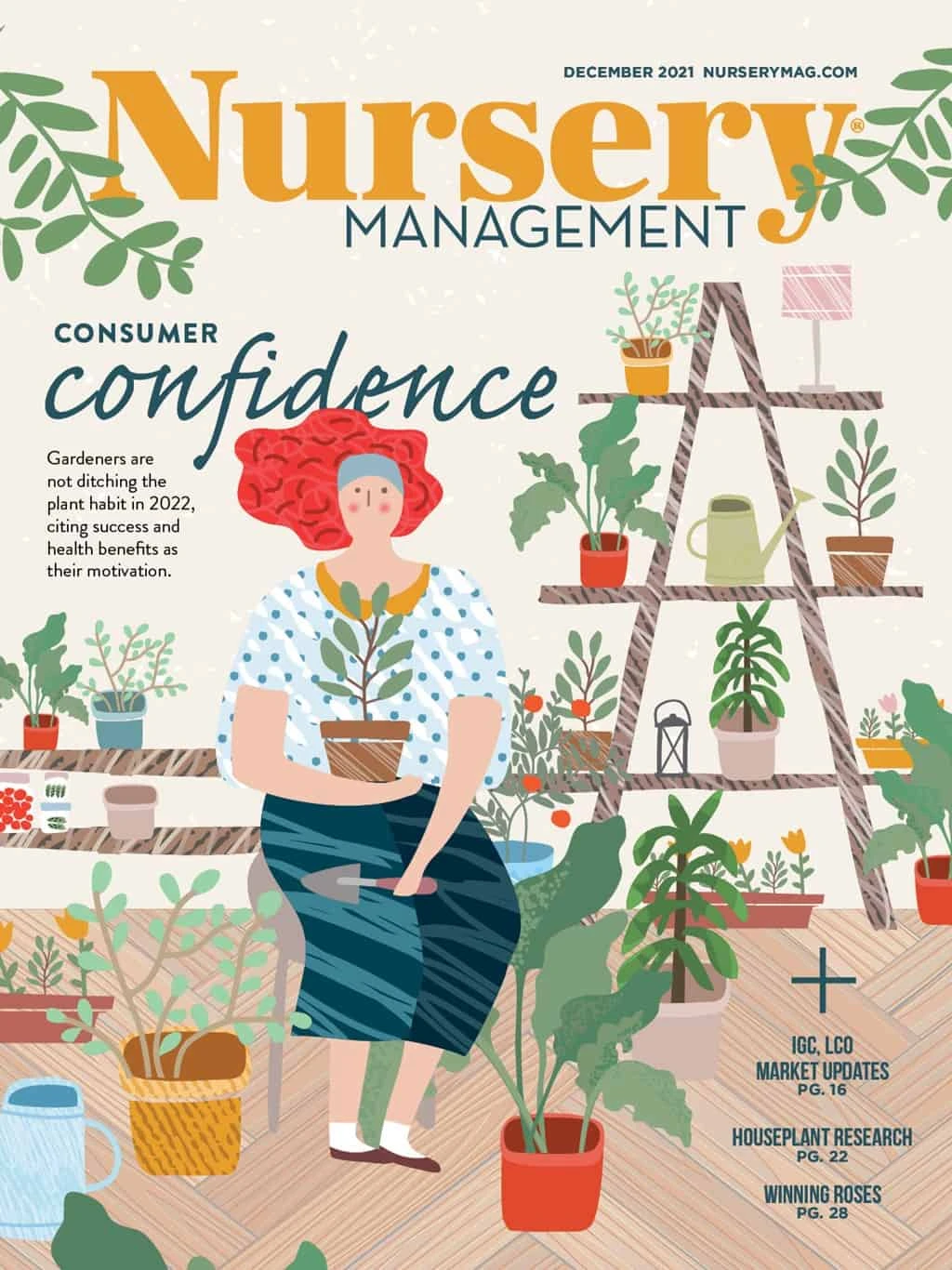

Some people are naturally kind, and, for others it takes work. As a leader in your company, how are you practicing and fostering kindness?
Kindness is teachable. “It’s kind of like weight training, we found that people can actually build up their compassion ‘muscle’ and respond to others’ suffering with care and a desire to help,” according to Richard Davidson, founder and director of the Center for Healthy Minds at the University of Wisconsin - Madison.
Kindness is also contagious. “The positive effects of kindness are experienced in the brain of everyone who witnessed the act, improving their mood and making them significantly more likely to ‘pay it forward.’ This means one good deed in a crowded area can create a domino effect and improve the day of dozens of people,” according to Dartmouth University.
It’s also healthy. Witnessing acts of kindness produces oxytocin, occasionally referred to as the “love hormone,” which aids in lowering blood pressure and improving overall heart-health. Oxytocin also increases our self-esteem and optimism, which is extra helpful when we’re in anxious or shy in a social situation.
Committing acts of kindness also lowers blood pressure since oxytocin causes the release of a chemical called nitric oxide, which dilates the blood vessels. This reduces blood pressure, and the reason oxytocin is known as a “cardioprotective” hormone.
According to research from Emory University, when you are kind to another person, your brain’s pleasure and reward centers light up, as if you were the recipient of the good deed—not the giver. This phenomenon is called the “helper’s high.” And like most medical antidepressants, kindness stimulates the production of serotonin. This feel-good chemical heals your wounds, calms you down, and makes you happy.
Perpetually kind people have 23% less cortisol (the stress hormone) and age slower than the average population.
The Random Acts of Kindness Foundation now has workplace resource to help you and your management team create kindness at your company.
The foundation says to use the guide “as a way to connect with others at work—your team, your boss, your employees, remote workers or anyone. If you embed these elements into your workplace, you’ll see that employees are not only more connected at work, but they are more connected at home and in their communities.”
The authors have broken down the components of creating a culture of kindness in the workplace into seven sections. Each section addresses common opportunities in companies where growth can occur.

Find it here: randomactsofkindness.org
Don’t save kindness for the holiday season, make it a priority all year.
Get curated news on YOUR industry.
Enter your email to receive our newsletters.
Explore the December 2021 Issue
Check out more from this issue and find your next story to read.
Latest from Nursery Management
- [WATCH] Winter is coming...but spring will bring disease
- Sam Hoadley talks about Mt. Cuba Center's latest evaluation of Solidago sp. for the Mid-Atlantic region
- Prices & Market Segments
- Countdown to shutdown
- All in the family
- From growing plants to growing people
- Weed Control Report
- Advocacy in action






